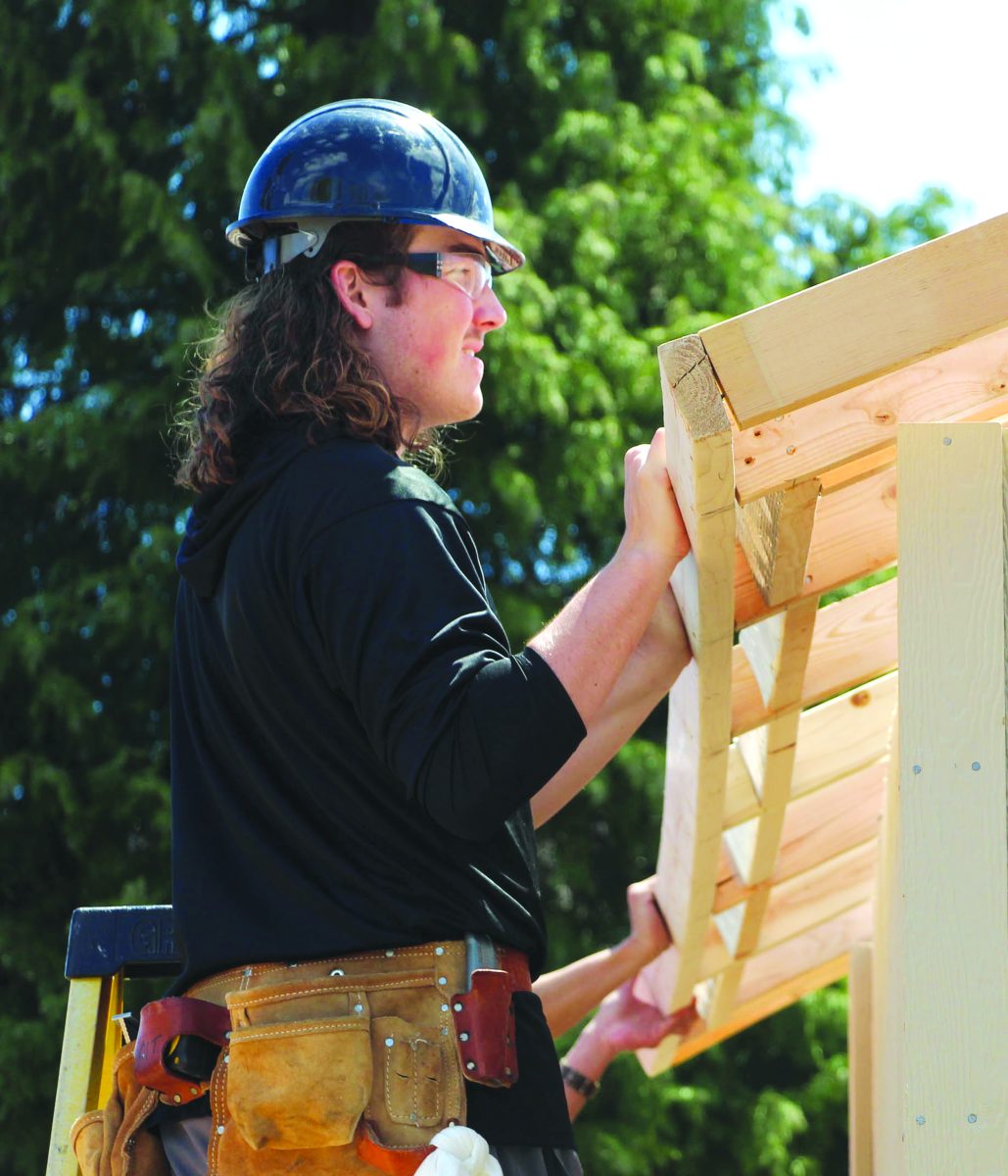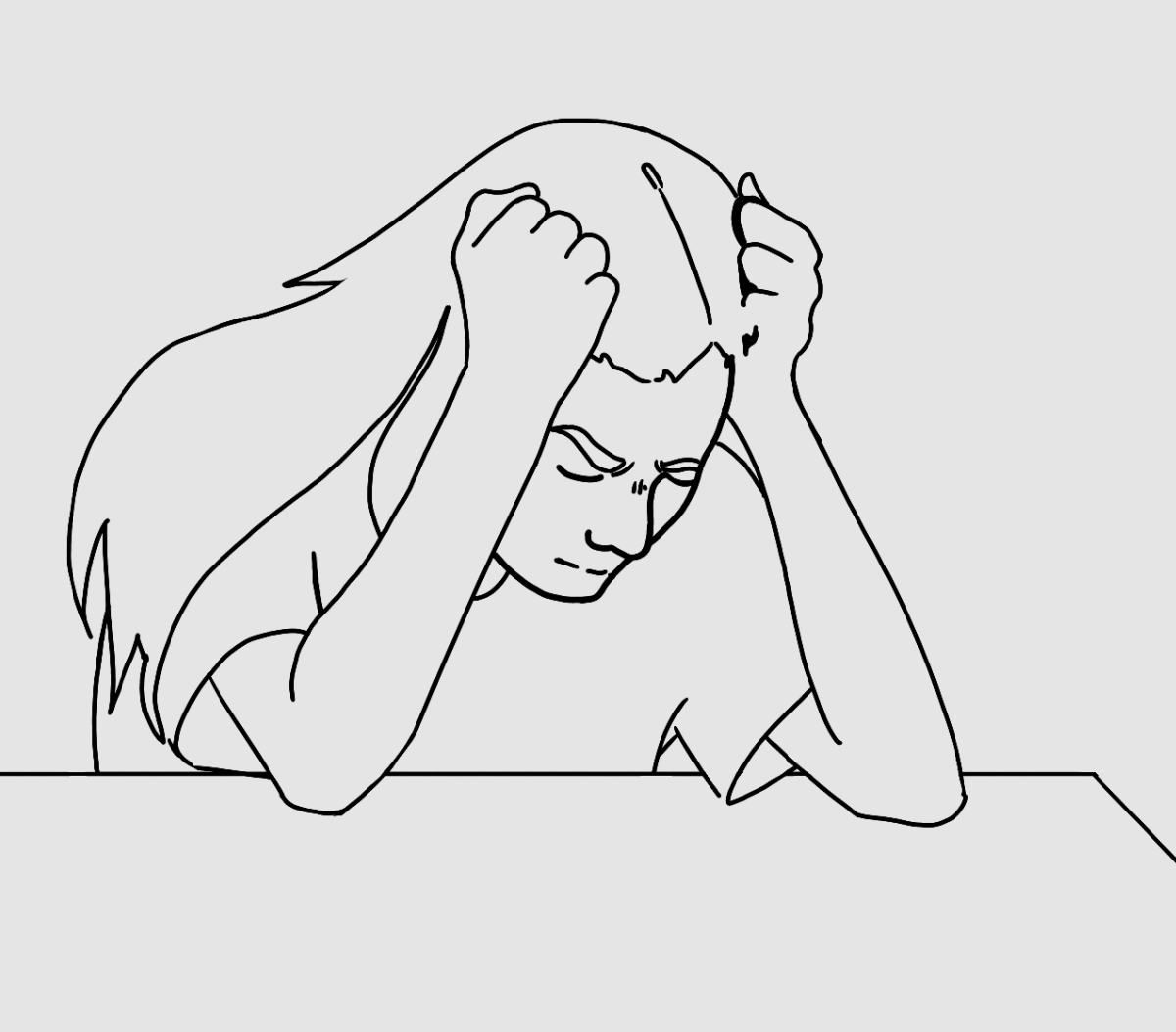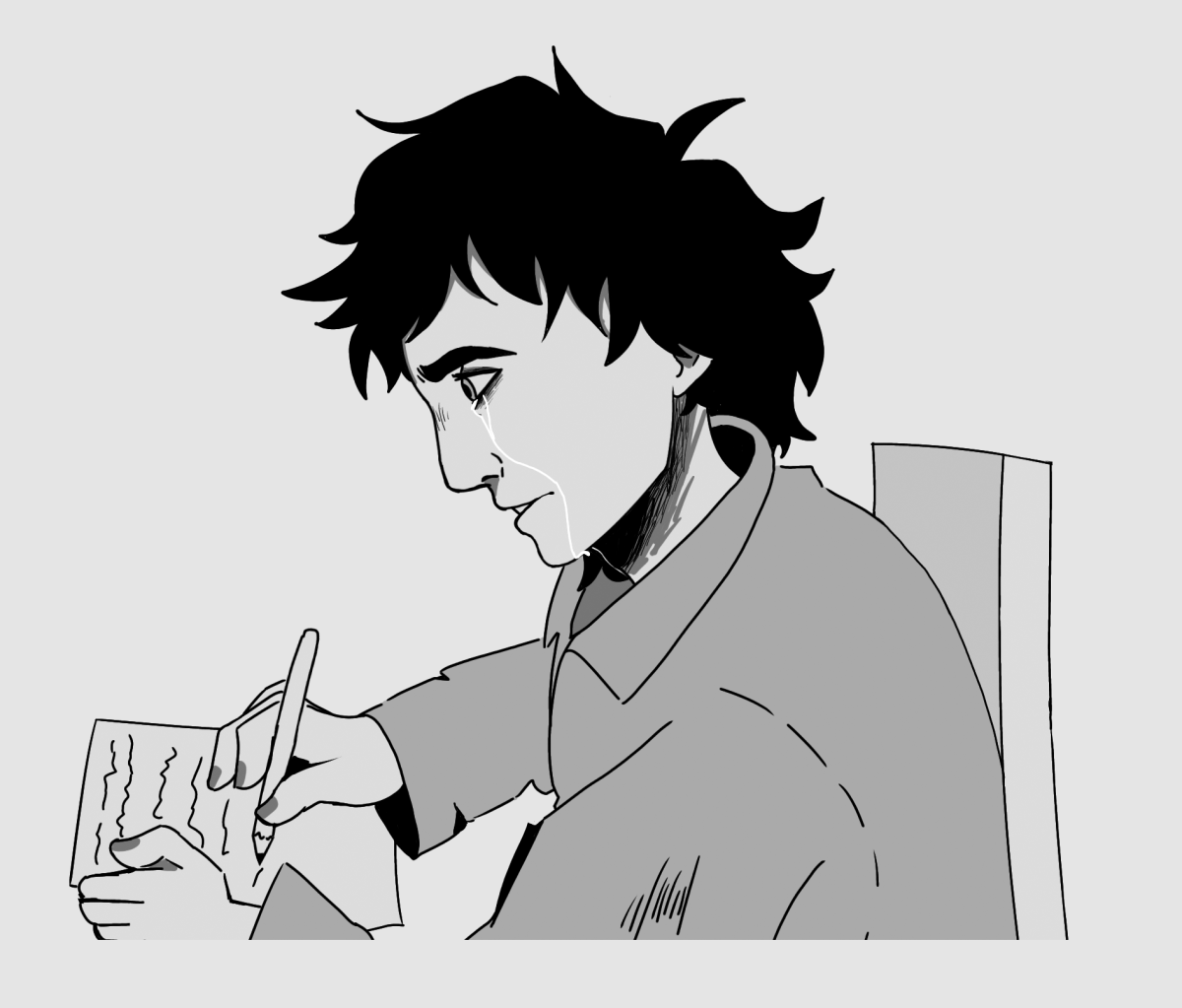NOTE: This story addresses a serious issue that some readers may find troubling and perhaps triggering. The Hawkeye has always covered sensitive stories that student editors believe to be important for readers to know about and discuss. We encourage thoughtful discourse on important issues of the day, but also understand there may be those who may not want to read stories like this. Hawkeye editors trust readers with that decision. If you have questions about this or any other aspect of our publications, we welcome your input. See us in Room 130 or email us at Ed****@Th********.org
Every year in the U.S. since 2013, around 135,000 rape cases are reported. On average, including unreported cases, there are 463,634 victims of sexual assault a year in the country. To put that into perspective, there are 31,536,000 seconds in a year, meaning every 68 seconds, someone in America is sexually assaulted.
This statistic alone is enough to demonstrate how rampant sexual assault and rape is in America. The sheer amount of unreported cases of sexual assault and rape in America is over two times the amount of cases that are reported. And if the victim decides to report this, there is a high possibility that it won’t be taken to court due to lack of evidence.
So what is the main reason most of these cases go unreported?
The statistics
According to the Rape, Abuse & Incest National Network (RAINN), out of 1,000 rape cases, just 310 are reported, 50 reports lead to arrest and 28 cases will lead to a felony conviction. That’s 31% reported, 5% leading to arrest and 2.8% leading to a felony conviction.
Also, keep in mind the statistics of false reports when tackling rape and sexual assault accusations, one of the most common arguments against people who share their stories. Many claim that false reports are common, or at least more than commonly expected. But according to Brown University, false reports of rape are drastically overestimated. Research indicates that false allegations make up just 2% to 10% of cases, making it a very rare occurrence.
This doesn’t stop the narrative that “false allegations happen to young boys constantly.” Through this narrative, many victims believe that they won’t be believed if they report their assault to police due to the “high amount” of false allegations.
According to the Central Minnesota Sexual Assault Center (CMSAC), there is a 16% chance of arrest for sexual abuse cases (including possession of child pornography, travel for prohibited sexual conduct, rape, etc.) that are reported. And the average time in jail? 30 months. Less than 3 years in jail for a sexual abuse case.
Out of past rape cases in the U.S. that led to prosecution, a surprising amount ended with more than a decade in prison. Still, it’s important not to overlook that these are the cases that were reported and taken to court, as well as prosecuted. One thing people need to remember when addressing rape statistics is the amount of them that go unreported or end up dismissed by the justice system.
According to CMSAC, “Only about 6% of rapists ever serve a day in jail. If a rape is reported there is a 50.8% chance of arrest.”
Someone coming out and facing their rapist in court with only a 50% chance of arrest can be a huge risk for survivors. Many victims don’t report rape for reasons like this, fearing the possibility of secondary victimization, especially if the persecutor is somebody in their life.
Who are the victims?
According to Auger & Auger Personal Injury Lawyers, 91% of the victims of sexual abuse are women and 9% are men. Though men make up just 9% of most sexual abuse cases, they are still victimized. The age when men are most likely to be victimized is 4 years old, and 8% of boys in grades 5 to 12 report experiencing sexual abuse.
Women take the majority of victimization when it comes to sexual abuse. Women and girls age 16 through 19 are four times more likely to be victims of sexual assault, and the greatest risk is at age 14.
Children also make up a large percentage of victims, with 44% of sexual abuse victims under the age of 18, and 15% under the age of 12. The majority of these cases were perpetrated by someone who was close to or knew the child.
Race is also an important factor when it comes to sexual assault. According to New Orleans Sexual Assault Response Team, out of the 91% of women who have been raped, 17.7% were white, 18.8% were African American, 6.8% were Asian/Pacific Islander, 24.4% were mixed races, 14.6% were Hispanic and 34.1% were Native American/Alaskan Native.
The reasons rape goes unreported
Almost 80% of all rape cases go unreported by the victim. According to a justice department analysis of violent crimes in 2016, victims, mostly women, would refuse to report what happened to the police.
According to RAINN sexual crime statistics, the main reasons people do not report rape or sexual assault are, “20% feared retaliation from the perpetrator, 13% believed the police would not do anything to help, 13% believed it was a personal matter, 8% reported to a different official, 8% believed it was not important enough to report, 7% did not want to get the perpetrator in trouble, 2% believed the police could not do anything to help, 30% gave another reason, or did not cite one reason.”
“I think the reason people don’t report it is one, they’re scared people won’t believe them, and they’re like ‘oh I’m going to look crazy,’ and two, that people around them will be like, ‘Oh no they’re such a nice person,” sophomore Anabelle Bena said. “I feel like no one gets caught because no one believes them (the victim), and so their fears are correct. I still think you should report it because it would probably get more people in jail, but it’s a big system problem as well.”
There is also a lack of evidence for most rape investigations. According to ABC News Network, “Prosecutors are allowed to refuse a (rape) case due to lack of evidence.” But prosecutors also tend to reject rape cases for more reasons.
But why can’t the evidence be collected? Reports say that forensic evidence is best collected within 72 hours after the incident, which doesn’t happen in most cases. DNA and forensic evidence is often not readily available or does little to nothing for the trial.
According to the University of Massachusetts Lowell professors Melissa Morabito and April Pattavina, “A lot of times, detectives felt like they had really good, solid cases with enough evidence to make an arrest, but prosecutors declined to go forward. Police and prosecutors cited victims’ lack of cooperation as a major cause of closing cases with ‘exceptional clearance’ or for designating them as inactive. But that’s problematic, too.”
Pattavina also reported on why cases don’t go through to trial. “Victims may feel they’re not being treated with respect by police or prosecutors, or they might not have the resources to keep going back for interviews that require them to take time off from work, find child care, or something else,” Pattavina said. “We need to understand what part of case attrition is victim decision-making and what part is a lack of resources.”
Pattavina claimed that even when police investigators have a strong amount of evidence and have high confidence that they will be able to prosecute the perpetrator, prosecutors still reject going forward in the trial.
“Even when suspects were arrested, prosecutors sometimes declined to file charges, foreclosing further investigation, while other cases fell apart because investigations took so long. From report to arrest to prosecution through disposition, so many reports get dumped out of the system,” Pattavina said.
The normalization of sexual and uncomfortable behavior from a young age
The sheer negligence and victim blaming that victims of sexual assault experience is vastly more common than most people realize. Though there are many who do not involve themselves in this behavior, it is far too common and socially accepted.
Victim blaming is ingrained in most toxic or abusive situations. Victims often blame themselves for what happened to them, most likely because of what society has taught us about sexually abusive situations. Women are taught from a young age to accept abusive or harassing behaviors from peers, mainly boys, and are told that it is “normal” or that “it just means he likes you.” These stereotypes that are typically applied to boys teach young children that boys cannot control themselves, and women just have to accept that.
And it isn’t only women who are taught this from a young age. Young boys who are harassed on the playground in primary school by girls are also often told that the girl just likes them, and their feelings and the word “no” mean nothing.
Hope for the future and what we can all do
Being built on a very misogynistic and patriarchal society, it’s hard to face these problems head on as individuals, especially when dealing with such a heavy topic such as rape. The one thing we can do is change ourselves, our mindset, and how we treat ourselves and others around us.
“It has to do with the stigma around rape and sexual assault,” sophomore T Mize said. “Most people just think it’s their fault, and most people don’t even know you’re suppose to go to the hospital right after being raped. I think it’s really disgusting the culture of victim blaming and just the stigma around it. It needs to be changed.”
One thing most people can hope for in the future is to believe victims no matter what,
until they are proven otherwise.
“It’s really messed up, and the fact that
people have to think that they could go to talk to somebody like, ‘Hey, I’ve just been sexually assaulted’ and you might not be believed, and there’s probably a good chance you won’t be believed is completely wrong and terrible,” senior Karsten Johnson said.
Any victim of any form of sexual abuse has the right to be heard and believed first before proven otherwise.
Rape culture and victim blaming as a whole has planted itself in our society, and people can do it out of habit.
But those habits need to change before we dig ourselves into an even deeper hole, and an immeasurable one for victims of sexual assault.














